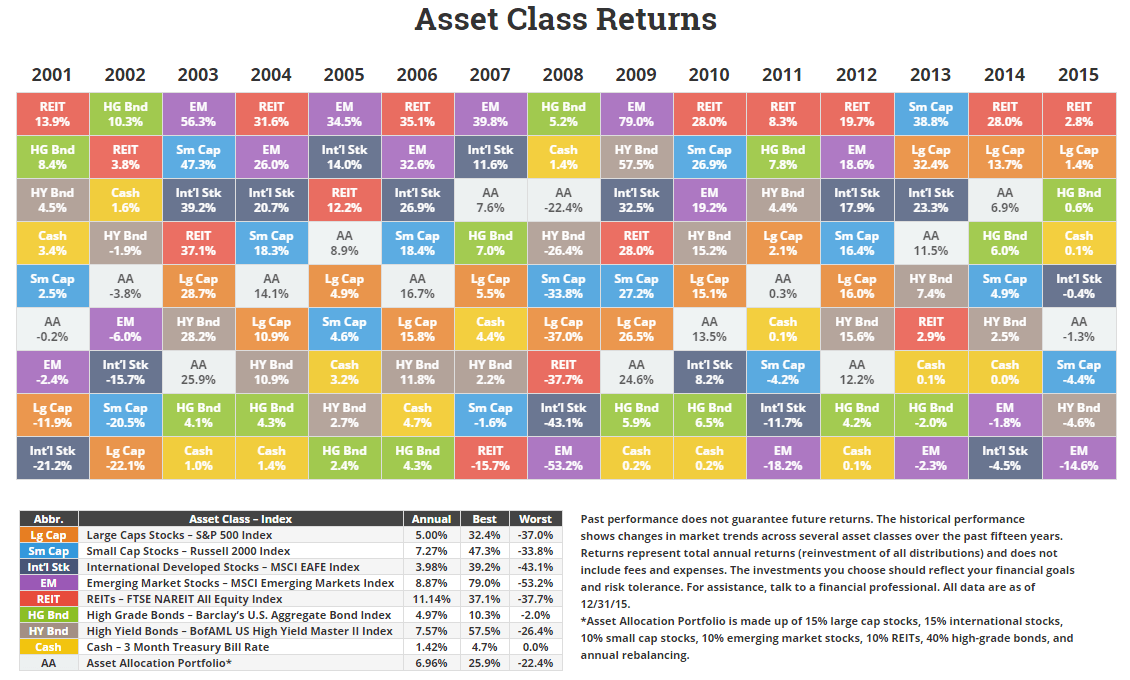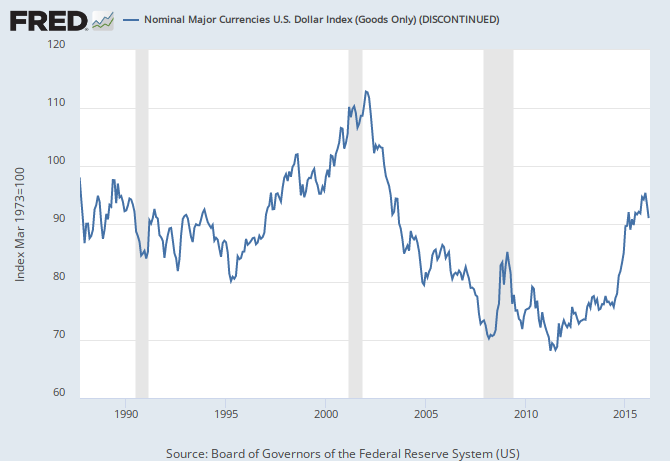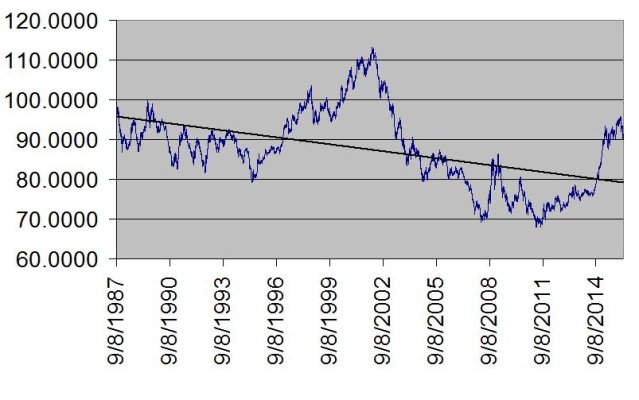...John Templeton and John Greaney have both opined that there is no reason to invest outside the USA. Maybe they are right.
I thought that the late Templeton was a pioneer in international investing, and he founded several globally diversified MFs.
I think Ed may be thinking of a different John Templeton (e.g. Jack Bogle?).




